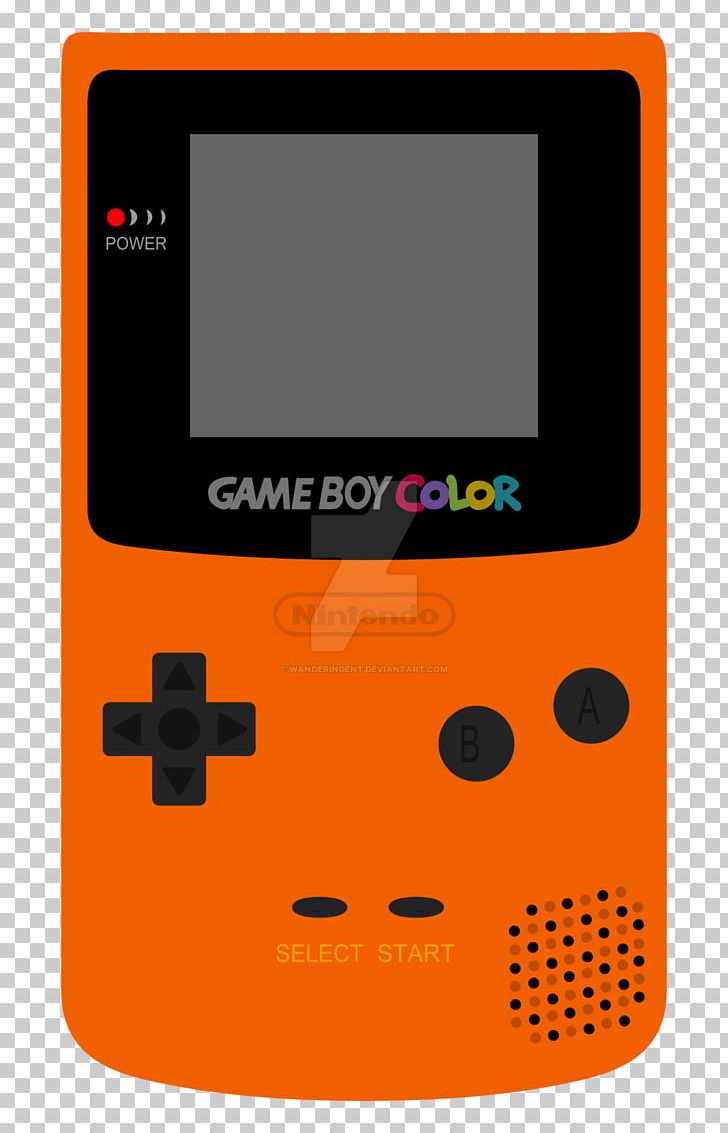
_(Rev_A)-1.jpg)
I've made lots of progress into the FIFO renderer.There is still a lot missing from CryBoy. Game Boy Color support, including HDMA, double-speed mode, and palettes.MBC3 cartridges are supported (except timers).MBC1 cartridges are supported (except for multicarts).Save files work as intended, and are compatible with other emulators like BGB.PPU offers both scanline and FIFO rendering modes (behind a compile-time flag).PPU draws background, window, and sprites.Passing all but one of the mooneye-gb timer tests.Passing all of blargg's Game Boy Color sound tests.Passing all of blargg's memory timing tests.Passing all of blargg's instruction timing tests.As of right now, all of the following features are supported If the following layout diagram doesn't work for you, the "a" and "b" keys are also bound to their appropriate keys, as are the arrow keys.ĬryBoy is still a work in progress. The current keybindings are tuned for my personal preferences. If you want to switch things up from the default green color scheme, there's a pretty, pink color scheme hiding behind the -Dpink flag. However, it will play games like Prehistorik Man more accurately than the scanline renderer would since that game relies on a cycle-accurate PPU implementation.

The current FIFO implementation should work identically to the scanline renderer with the exception that it does not render sprites on column 0 of the LCD. To enable the experimental FIFO renderer (as opposed to the scanline renderer), you can build the project with the -Dfifo flag. There are a couple of compile-time flags that you can take advantage of. Games with native support for the Game Boy Color, like Pokemon Crystal, should behave the same with or without the bios. If you choose to launch a game for the original Game Boy without the Game Boy Color bios, you'll only see the games in 4 colors as you would on an original Game Boy. This is why Pokemon Blue (which was developed for the original Game Boy and only had 4 colors) has a handful more colors, including a blue primary color and a red color for the character sprites. Note: The Game Boy Color bios initializes the color palettes in some old Game Boy games to give them an updated look. The binary takes an optional CGB bios path and a rom path as its arguments: bin/cryboy /path/to/rom or bin/cryboy /path/to/bios /path/to/rom. At this point, the binary lives in bin/cryboy. UsageĪfter installing the dependencies, the project can be built with shards build -release. If you don't do this directly, they'll be installed when you build the project.
#GAMEBOY COLOR POKEMON CRYSTAL EMULATOR INSTALL#
Install that in whichever way you see fit.Īfter cloning the repository, you can install the required shards with shards install. This would not be possible without the Pan Docs, izik's opcode table, the gbz80 opcode reference, The Cycle-Accurate Game Boy Docs, or gekkio's Game Boy: Complete Technical Reference. The goal of this project is to create an efficient Game Boy emulator with highly readable code. Ported into my GBA emulator Crab to reduce common logic and bugs between the twoĬryBoy is a Game Boy (Color) emulator written in Crystal.


 0 kommentar(er)
0 kommentar(er)
